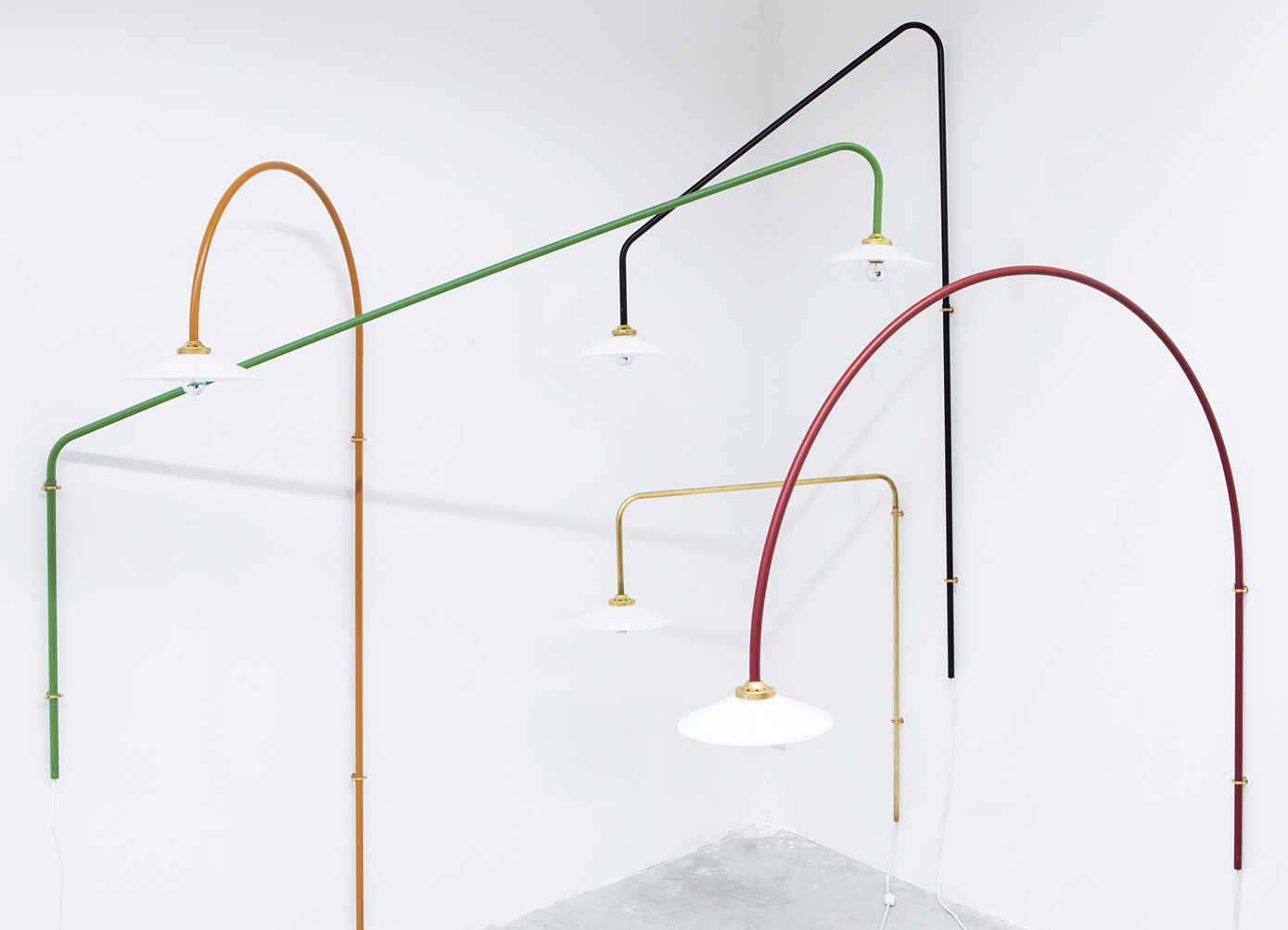
"Every design initiative comes with constraints built in, like timescales and budgets that, although generally fixed, can sometimes be negotiated. Designers need to recognize that a project brief is often filled with constraining parameters and conflicting aspirations that can confuse the design process."
"One of the primary responsibilities of any designer is to interrogate the brief and ideally to partner in writing them, as successful solutions arise from balancing stakeholder needs, business logic, and technical feasibility."
"Constraints multiply in the physical world due to materials, regulations, environmental impact, and sociocultural considerations. Designers often navigate a complex space where user needs, business goals, and technical innovation overlap."
"Imposing more constraints can actually sharpen thinking, allowing designers to trade shallow freedom for focused exploration, leading to deeper and more refined creative outcomes."
Design initiatives come with built-in constraints like budgets and timelines. Often, project briefs impose conflicting aspirations and assumptions that complicate the design process. Designers should interrogate these briefs and ideally collaborate in crafting them. Solutions arise from balancing user needs, business logic, and technical feasibility. Constraints in the physical world add layers of complexity, including materials and regulations. However, intentionally self-imposing limitations can lead to sharper thinking and more focused exploration, exchanging broad freedom for deeper creative insights.
Read at Nathanbeck
Unable to calculate read time
Collection
[
|
...
]